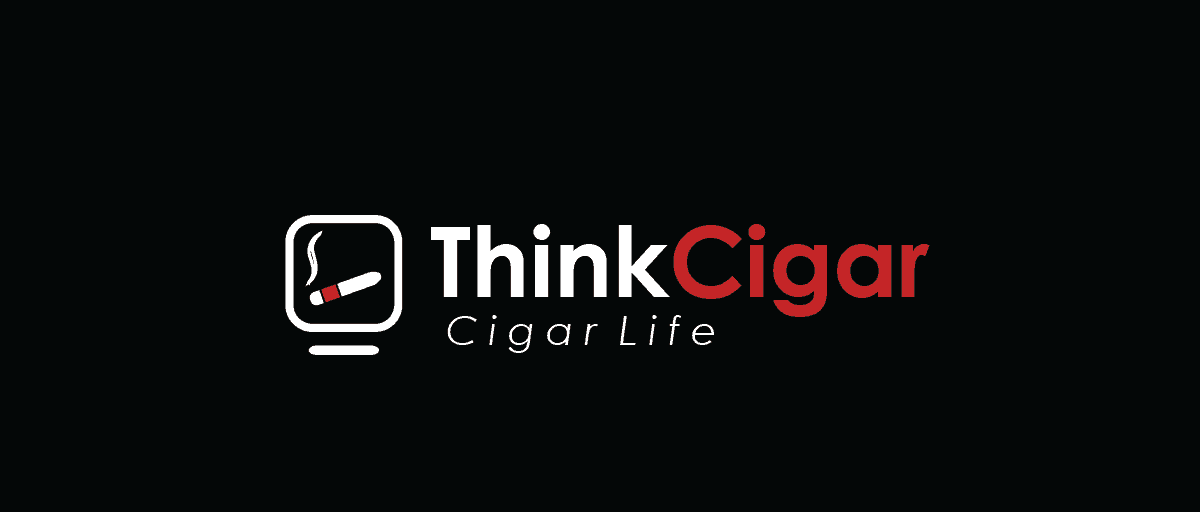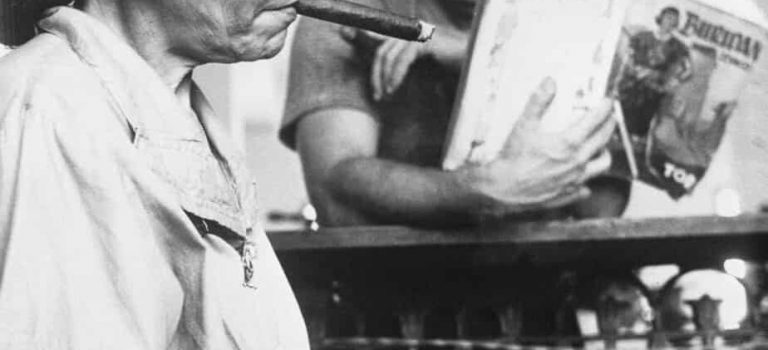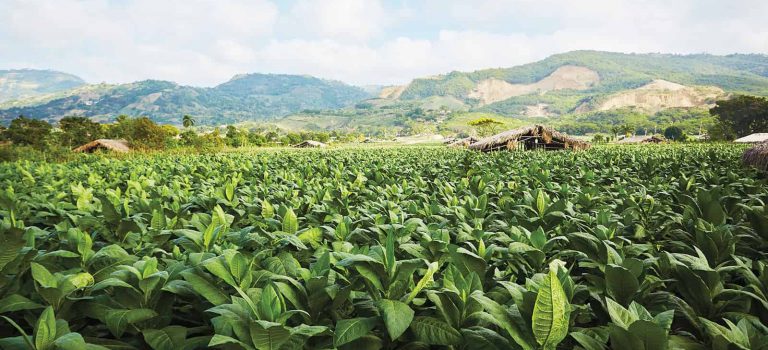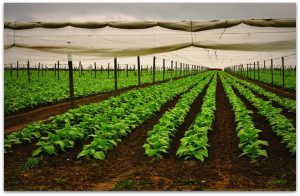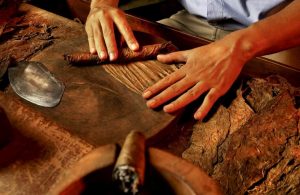The reader
As far back as the 1800s, and said to be in as many as 500 factory buildings, cigar factory workers were entertained and educated by “El Lector”, “The Reader”. The lector, a man (or later, woman) who was charged with reading to factory workers as they sat at their workstations for long hours. Without any heavy machinery to stifle noise, a lector could broadcast his or her voice to hundreds of rollers, keeping their minds engaged as their hands performed mindless, repetitive work. Newspapers were read, and so were novels. Some would work harder and longer if it meant staying to see how a plot would unfold.
Once again I’m completely fascinated by more interesting cigar culture history, from Cuba, to Key West, and up to Tampa Florida, the Lector became part of the fabric and integral to the sanity of the rollers. Respected in their community and often times recognized for the quality and strength of voice, Lectors were often viewed as an intellectual.
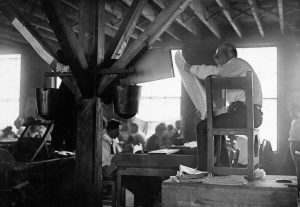
In most cases Lectors were not hired by, or compensated by the factories themselves…encouraged by the factories the workers would give 25-50 cents of their weekly salary to the Lector. Also, because there was no official relationship between the factory and the Lector…they could be thrown out and refused future work. If a factory owner held specific political views the Lector had to take care and not offend with opposing views; sometimes it took real skill to inform and educate while not crossing the resident factory line.
The practice of reading aloud while others listen intently as they engage in manual labor has a long and distinguished tradition through out the Caribbean in the practice of cigar manufacture. Because the job of rolling cigar after cigar could become monotonous, the workers wanted something to occupy and stimulate the mind. Thus arose the tradition of lectors, who sat perched on an elevated platform in the cigar factory, reading to the workers. It started in Cuba and was brought to the United States more particularly to Key West in 1865 when thousands of Cuban cigar workers emigrated to Florida to escape Spanish oppression.
The Partagas factory allowed a lector on the condition the factory had approval over what could be read. Novels were rarely a problem, and works like Les Miserables became popular choices. But when papers like La Aurora became more politicized, railing against pastimes like cockfights and billiards and pushing for labor unions, harder lines were drawn. In 1866, Francisco Lersundi, the captain general of Cuba, ordered the police commander to enforce a ban of lectors, with police patrolling the factories to quiet any activity.
It wasn’t until the conclusion of the Ten Years’ War in 1878 that reading resumed, and not until the end of the Spanish-American War in 1898 that the practice was no longer in danger of being stifled. By this time, lectors had evolved from being volunteer workers to full-time professionals, typically from educational or communications backgrounds. Reading materials were voted on by workers. If some were dismayed to hear the works of Rudyard Kipling or Ibsen, they might balk at paying their share of the lector’s salary.
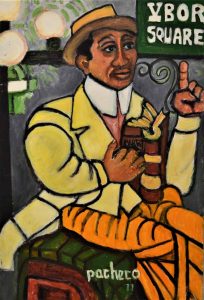
The advent of radio
Unlike humans, stations were inexhaustible, and could offer a variety of dramas, sports coverage, and up-to-the-second updates on world affairs.
While many factories in Cuba and the U.S. had radio equipment installed, a large number did not. Those that did held lectores in such regard that the two diversions began to co-exist, with the lector starting the day with news and historical trivia before a broadcast would begin. Later in the day, they’d resume a novel before once again turning the floor over to the airwaves.
Part of their stability had to do with their expanded roles in factories. A lector was not just a source of white noise, but a liaison between workers and the authors, artists, and politicians who wished to address them from the pulpit. When factory baseball teams needed an announcer for games, their lector was an obvious choice.
The profession remains a fixture of many Cuban cigar factories, where industrial evolution hasn’t yet seen the total obsolescence of hand-rolled craftsmanship. The voice of the lector and lectora has survived both political unrest and the advent of technology to inspire their listeners. It is no coincidence that rollers favored the work of Alexandre Dumas—one of Cuba’s most famous exports is the Montecristo. (information provided by mentalfloss.com)
Let’s wrap this up
My brothers and sisters of the leaf, thanks again for spending this time with me as I attempt to shine brightness on our wonderful pass time. I hope you found this read interesting and enjoyed learning more about this thing we love.
Until next time, find that special corner and have that favorite smoke.
ThinkCigar…it’s a lifestyle.
